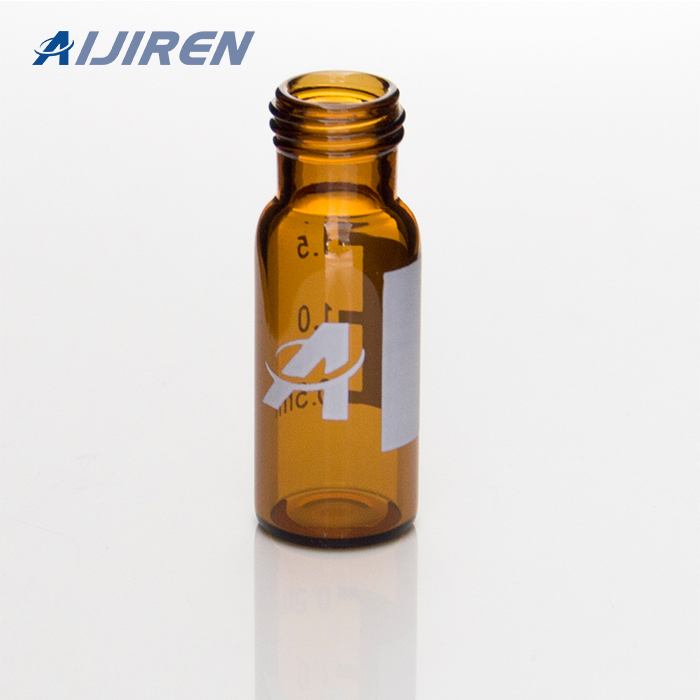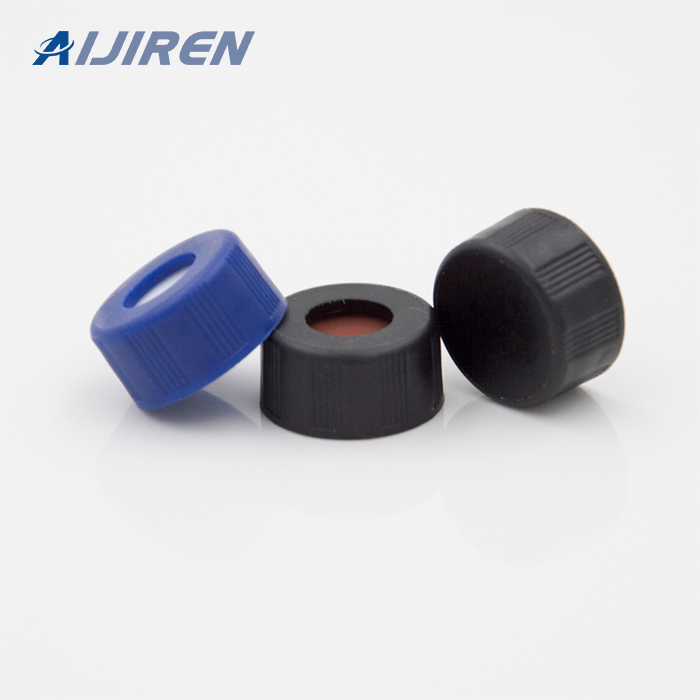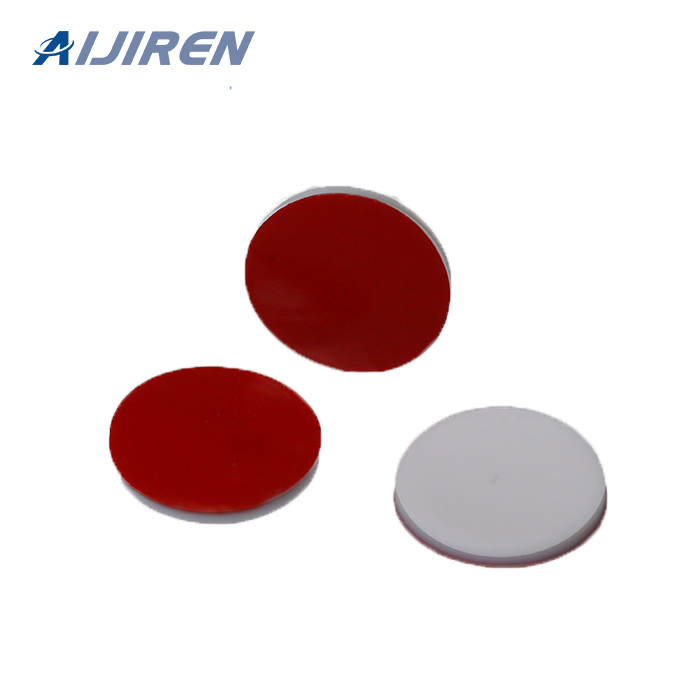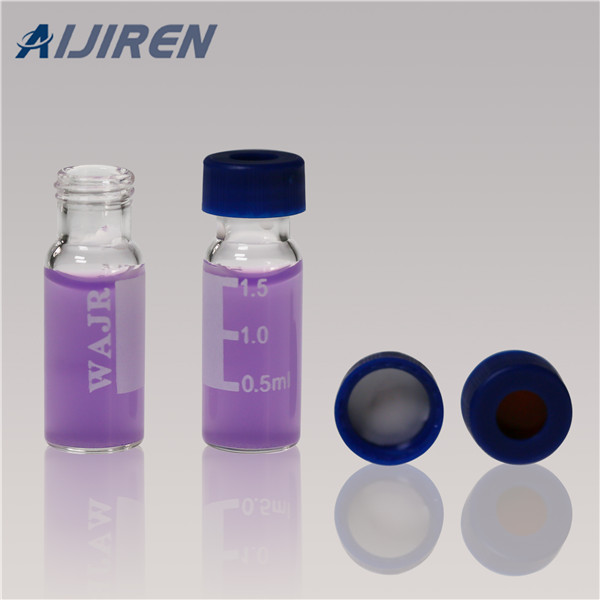



Simplify your lab testing on Filtrous.com with same-day shipping on all orders. Vials, Caps & Inserts. ... 2mL 9-425 Clear Screw Top Autosampler Vials w/ Patch ...
Orochem Technologies offers vials for HPLC, GC and storage. The volume is from 0.1 mL to 4 mL. Both glass and plastic vials, with or without insert. There are several types of caps and septa. HPLC vials fit into most major brands of HPLC autosamplers.
Waters has developed process handling protocols and QC procedures to ensure Waters Certified Vials meet their specified dimensions, levels of cleanlines, and adsorption properties. These rigorous 2-, 3-, and 4-step certification processes provide clean vials for the demands brought on by sensitive chromatography systems.
Aijiren clear glass and polypropylene inserts and high recovery vials ensure you extract the maximum possible amount of your precious sample. They are the perfect fit for HPLC and GC instrument platforms across a wide variety of applications, including pharmaceutical, environmental, energy and fuels, forensics, materials science, biopharmaceutical, proteomics, and metabolomics.
Aijiren premium certified vials, closures, high recovery vials, and vial inserts offer indisutry-leading performance. From the lowest bleed septa material in our caps to the most insert glass vial material, we are continuously refining our offerings by addressing small details that can deliver big productivity gains.
Glass inserts are sold in two diameters for 2mL vials; one for standard opening (4.6 mm) vials and another for large opening (6 mm). The volume will vary depending on the length and the style of insert.
Micro volume vial inserts, when used in conjunction with autosampler vials, allow for maximum sample recovery and easier sample
Vials, 2 mL crimp top, clear glass, 12 x 32 mm; It has been used in feeding apparatus for Wasmannia auropunctata, to understand the impact of 2,5-dimethyl-3-(2-methylbutyl)pyrazine (2-MeBudiMePy) on feeding behaviour.
This vial is designed to work in Shimadzu and Waters WISP™ 48 position auto samplers. Choose from clear or amber borosilicate. These vials incorporate the unique Step Vial design that precisely centers a limited volume insert in the neck of the vial.
Volumes of 0.5 mL of plasma fortified with xenon to 5000 nmol/mL were stored in aliquots at +4 °C as well as –20 °C using 2 mL autosampler vials . Plant Lipid Signaling Protocols Combine lipid standards in a 2 mL autosampler vial as outlined in Table 1.
Waters Pre-Assembled Kits with your choice of 4 mL, 15 x 45 mm vials & caps with septa. Caps and septa arrive pre-attached to vials in a storage rack, a time/labor-saving convenie
1.Clear & amber crimp borosilicate glass hplc injection vial. 2.1.5-2ml, Match brand: Aijiren, Waters, Merck - Hitach, Shimadzu, Thermo Fisher etc. 3.Used in pharmaceutical industry, liquid medicine. 4.Easier to fill and a larger target area for the autosampler needle acceptable.
Standard 2ml Hplc Vials for GC chromatography. Vials can be used for high-performance liquid chromatography and gas chromatography to obtain reliable analysis results.Aijiren as a leading manufacturer in China, supply high quality chromatography consumables such HPLC 2ml Hplc Vials, caps, septa and syringe filters.
Autosampler Vialsin pack of 100 nos. 1.5 ml (Clear and Amber Color) Screw Top Vials with Blue Screw Cap & PTFE Septa (9mm) 2ml /1.8 ml (Clear and Amber Color) Screw Top Vials with Black Screw Cap & PTFE Septa (8mm) 2ml /1.8 ml (Clear and Amber Color)Crimp Vials with 11mm Aluminum Crimp Cap & Septa . Magnetic/Bimetallic Crimp Cap in pack of 100 nos.
We provide autosampler vial range 1.5ml to 60ml.With competitive price and higher quality.The same use as waters. P/N: I250. Performance : 1. Superior performance with all Waters Alliance Systems 2. Inserts with capacities and designs that can transform our vials from full-capacity to limited volume with one simple step 3.
Waters vials improve your laboratory productivity, by reducing costs and saving time. The cleanest on the market, these products considerably reduce the risk of test results compromised by ghost peaks, damaged needles or dislodged septa, decreasing analysis failures and sample reruns.